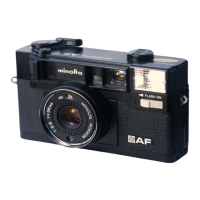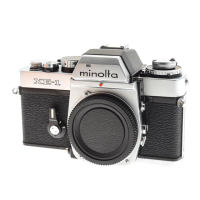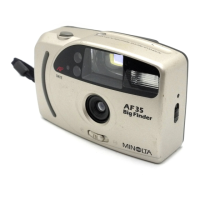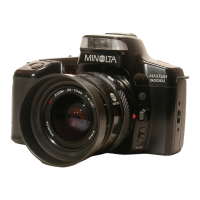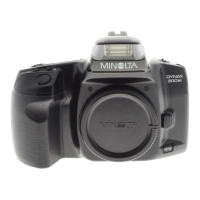How to read depth of field
graduations
(Fig. 28)
Say, for example, we are taking pictures with a 50
mm/F2 lens and range set to 5 meters and F stop
set to F8. When we read the range graduations
(within the “8” range that is on both sides of the
index) that corresponds to F8 at this time, the
range is about 3.4 meters to about 9.7 meters and
subjects within that range will generally be in clear
focus.
14. Infrared photography
(Fig. 29)
An offset in focus in infrared photography must be
compensated for because the positions at which
the subject will be in focus under infrared light and
under visible light are different.
Move the distance at which the subject is in
focus to the red line (infrared line) next to the
index.
If the focus results are 5 meters, for example,
move the number “5” on the lens distance scale
to the infrared line index position.
★ Infrared photography requires the use of
infrared film and filters. For more detailed
information, see the instructions that
accompany infrared film.
★ The 90mm/F2.8 KM mount type M-Hexagon
lens has no infrared index because of the
subject depth of field graduations. For more
detailed information, see the instructions that
come with the 90mm/F2.8 lens.

